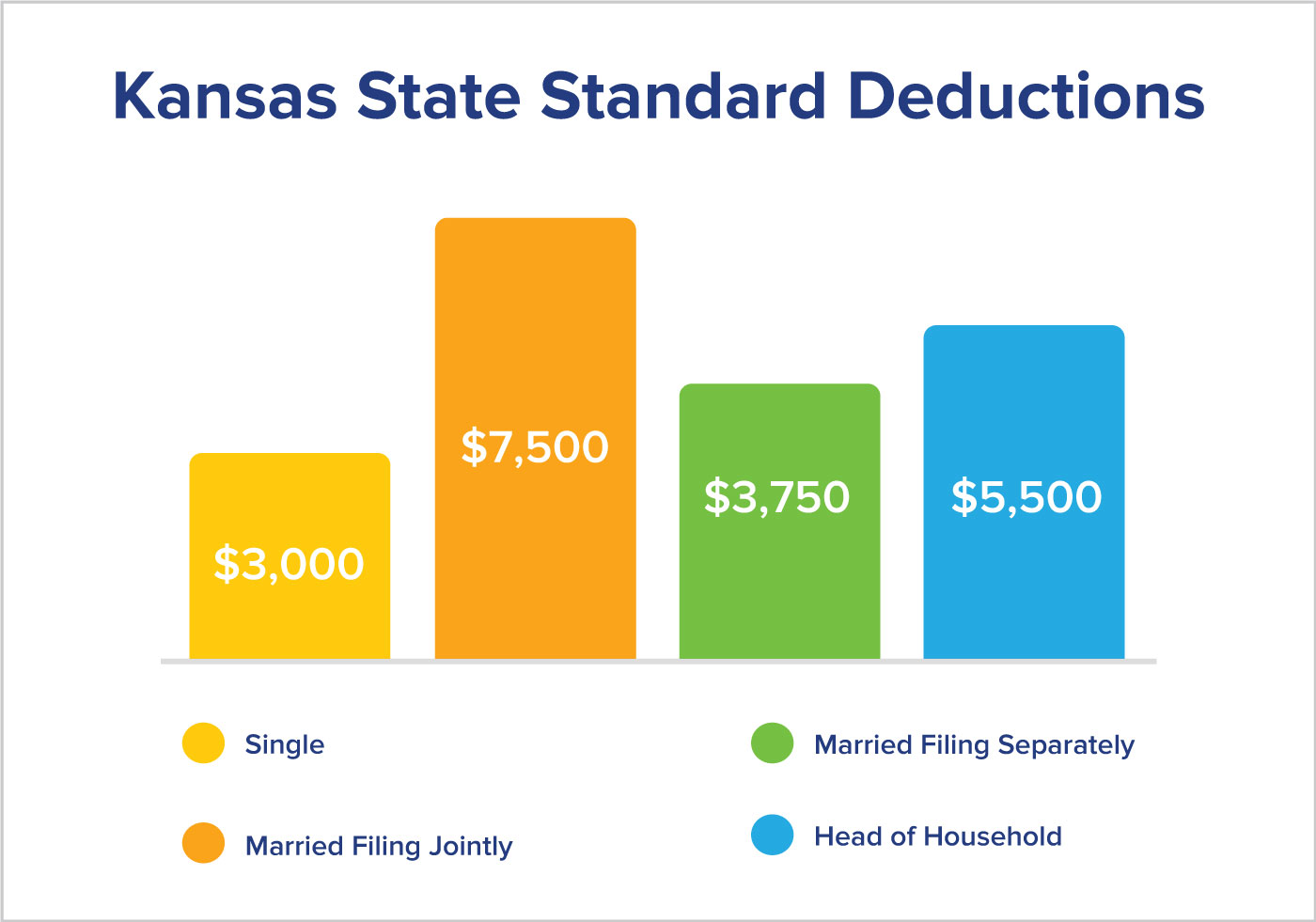Home>Finance>How Does A Balance Transfer On A Credit Card Work


Finance
How Does A Balance Transfer On A Credit Card Work
Published: February 18, 2024
Learn how balance transfers work on credit cards and how they can help you manage your finances more effectively. Find out the benefits and potential drawbacks of using this financial tool.
(Many of the links in this article redirect to a specific reviewed product. Your purchase of these products through affiliate links helps to generate commission for LiveWell, at no extra cost. Learn more)
Table of Contents
What is a Balance Transfer on a Credit Card?
A balance transfer can be a valuable financial tool for individuals looking to manage their credit card debt more effectively. It involves transferring the outstanding balance from one credit card to another, typically with a lower interest rate. This can potentially save money on interest payments and help pay off the debt more efficiently. However, it's essential to understand how balance transfers work, including their benefits and potential risks, before deciding if it's the right option for your financial situation.
When used strategically, a balance transfer can provide relief from high-interest debt and offer an opportunity to consolidate multiple credit card balances into a single, more manageable payment plan. By taking advantage of promotional interest rates, individuals may be able to make significant progress in reducing their debt burden.
Understanding the intricacies of balance transfers, including the process of initiating one and the factors to consider, is crucial for making informed financial decisions. This article will delve into the mechanics of balance transfers, the associated benefits and risks, as well as the steps to initiate a transfer. Additionally, it will highlight key factors individuals should consider before opting for a balance transfer, empowering readers to make sound financial choices.
What is a Balance Transfer?
A balance transfer is a financial maneuver that involves moving existing credit card debt from one card to another, typically with a lower interest rate. This process is often utilized by individuals seeking to reduce the financial burden of high-interest debt and streamline their repayment strategy.
When a balance transfer is initiated, the outstanding debt from the original credit card is transferred to a new card, which may offer an introductory period with a significantly lower or even 0% annual percentage rate (APR) for a specified duration. This promotional period can range from several months to over a year, providing a window of opportunity to make substantial progress in paying down the transferred balance without accruing additional interest.
It’s important to note that balance transfers are typically subject to a fee, which is calculated as a percentage of the amount being transferred. While this fee can impact the overall cost-effectiveness of the transfer, the potential savings from reduced interest payments during the promotional period often outweigh this initial expense.
Moreover, a balance transfer can enable individuals to consolidate multiple credit card balances into a single account, simplifying their repayment efforts and potentially lowering their overall interest obligations. By centralizing their debt in one place, individuals may find it easier to track their progress and stay organized, ultimately contributing to a more structured and effective debt repayment strategy.
Understanding the mechanics of a balance transfer is essential for those considering this financial option. By comprehending how it works and evaluating its potential benefits and drawbacks, individuals can make informed decisions regarding their debt management and financial well-being.
How Does a Balance Transfer Work?
When initiating a balance transfer, the process typically begins by applying for a new credit card that offers a promotional APR for balance transfers. Once approved, the cardholder can request the transfer of existing credit card debt to the new card, specifying the amount to be transferred and the accounts from which the balances will be drawn.
Upon receiving the transfer request, the new credit card issuer will facilitate the payment of the specified amounts to the respective creditors, effectively consolidating the balances onto the new card. It’s important to note that the transfer amount is generally subject to a fee, which is commonly calculated as a percentage of the transferred balance.
After the transfer is completed, the outstanding debt now resides on the new credit card, which may offer a promotional period with a reduced or 0% APR. During this promotional period, the cardholder can focus on paying down the transferred balance without incurring additional interest charges, potentially accelerating the debt repayment process.
It’s crucial for individuals to be mindful of the promotional period’s duration, as the lower APR is typically temporary. Once this period ends, any remaining balance will be subject to the card’s standard APR, which may be higher than the individual’s previous card. Therefore, it’s advisable to aim to pay off the transferred balance within the promotional period to maximize the benefits of the balance transfer.
Additionally, maintaining timely payments and avoiding accruing new debt on the new credit card is essential for leveraging the full advantages of a balance transfer. By staying disciplined in managing the new card and diligently chipping away at the transferred balance, individuals can make significant strides in reducing their credit card debt and improving their financial outlook.
Benefits of a Balance Transfer
Engaging in a balance transfer can offer several compelling advantages for individuals seeking to manage and reduce their credit card debt more effectively. Understanding these benefits can empower individuals to make informed decisions about whether a balance transfer aligns with their financial goals and circumstances.
- Interest Savings: By taking advantage of a promotional APR, individuals can significantly reduce the interest accrued on their transferred credit card balances during the specified period. This can lead to substantial savings, allowing more of the payment to go towards reducing the principal balance.
- Debt Consolidation: Consolidating multiple credit card balances onto a single card through a balance transfer can streamline repayment efforts. This simplification can make it easier to track progress, potentially lowering the risk of missed payments, and providing a clearer overview of the overall debt situation.
- Improved Repayment Strategy: The lower or 0% APR during the promotional period provides an opportunity to make more significant strides in paying down the transferred balance. This can contribute to a more structured and effective debt repayment strategy, potentially accelerating the path to financial freedom.
- Financial Relief: For individuals burdened by high-interest credit card debt, a balance transfer can offer financial relief by reducing the overall interest obligation and providing a more manageable repayment plan. This can alleviate stress and contribute to a more positive financial outlook.
It’s important to note that while these benefits can be compelling, they are contingent on responsible financial management and a clear understanding of the terms and conditions associated with the balance transfer, including any applicable fees and the duration of the promotional APR period. By leveraging the benefits of a balance transfer effectively, individuals can take meaningful steps towards regaining control of their financial well-being and working towards a debt-free future.
Risks of a Balance Transfer
While a balance transfer can offer notable advantages, it’s essential for individuals to be cognizant of the potential risks associated with this financial maneuver. Understanding these risks can help individuals make informed decisions and mitigate potential challenges that may arise during the balance transfer process.
- Balance Transfer Fees: One of the primary risks of a balance transfer is the associated fees, typically calculated as a percentage of the transferred balance. While these fees can impact the overall cost-effectiveness of the transfer, the potential interest savings during the promotional period often outweigh this initial expense.
- Promotional Period Limitations: The duration of the promotional APR period is a critical factor to consider. If the transferred balance is not paid off within this period, any remaining debt will be subject to the card’s standard APR, which may be higher than the individual’s previous card. Failing to clear the balance within the promotional period can negate the potential interest savings.
- Impact on Credit Score: Opening a new credit card for a balance transfer can temporarily impact an individual’s credit score. The new account and the transfer itself may influence credit utilization and inquiries, which are factors in credit scoring models. However, responsible management of the new card and diligent repayment efforts can mitigate any negative effects over time.
- Accruing New Debt: While focusing on paying down the transferred balance, individuals must be mindful of their spending habits on the new credit card. Accruing additional debt on the card can undermine the primary goal of reducing overall credit card obligations. Maintaining discipline in spending is crucial for realizing the benefits of a balance transfer.
By recognizing these potential risks and taking proactive measures to address them, individuals can navigate the balance transfer process more effectively and maximize the benefits while minimizing the associated challenges. It’s important to approach a balance transfer with a clear understanding of the terms, a sound repayment strategy, and a commitment to responsible financial management.
How to Initiate a Balance Transfer
Initiating a balance transfer involves several key steps to ensure a smooth and successful transfer of credit card debt to a new card with more favorable terms. By following these steps, individuals can navigate the process effectively and maximize the potential benefits of a balance transfer.
- Research and Compare Offers: Begin by researching credit card offers that feature promotional APRs for balance transfers. Compare the terms, including the duration of the promotional period, transfer fees, and the standard APR after the promotional period ends. Select a card that aligns with your financial goals and offers favorable terms for the transfer.
- Apply for the New Card: Once you’ve identified a suitable credit card for the balance transfer, complete the application process. Ensure that you provide accurate information and meet the issuer’s eligibility criteria. Upon approval, you will receive the new credit card, enabling you to proceed with the balance transfer.
- Gather Necessary Information: Collect the essential details of the credit card accounts from which you intend to transfer balances. This includes the account numbers, the exact amounts to be transferred, and the respective creditor information. Having this information readily available streamlines the transfer request process.
- Initiate the Transfer: Contact the new credit card issuer through the designated channels, such as the online banking portal or customer service hotline, to request the balance transfer. Provide the required account details and specify the amounts to be transferred from each account. The issuer will facilitate the transfer to consolidate the balances onto the new card.
- Monitor the Transfer: After initiating the transfer, monitor the progress to ensure that the requested amounts are successfully transferred from the original credit card accounts to the new card. Verify the completion of the transfer and confirm the updated balances on the respective accounts.
By diligently following these steps and maintaining clear communication with the new credit card issuer, individuals can initiate a balance transfer effectively, setting the stage for a more manageable and potentially cost-saving approach to credit card debt repayment.
Factors to Consider Before Making a Balance Transfer
Before proceeding with a balance transfer, it’s crucial for individuals to carefully evaluate various factors to determine if this financial maneuver aligns with their overall debt management and financial goals. By considering these essential factors, individuals can make informed decisions and optimize the potential benefits of a balance transfer while mitigating associated risks.
- Transfer Fees: Assess the transfer fees associated with the balance transfer. While these fees are typically calculated as a percentage of the transferred balance, they can impact the overall cost-effectiveness of the transfer. Compare offers to identify cards with lower or waived transfer fees to minimize this initial expense.
- Promotional APR Duration: Evaluate the duration of the promotional APR period offered for balance transfers. It’s essential to have a clear understanding of the promotional period’s length to gauge the feasibility of paying off the transferred balance within this timeframe, thereby maximizing the interest savings.
- Standard APR After Promotional Period: Familiarize yourself with the standard APR that will apply to any remaining balance after the promotional period ends. Understanding this rate is crucial for assessing the long-term cost implications of the balance transfer and planning for ongoing debt repayment beyond the promotional period.
- Credit Score Impact: Consider the potential impact on your credit score when opening a new credit card for a balance transfer. While the new account and transfer may influence credit utilization and inquiries, responsible management and timely payments can mitigate any temporary effects on your credit score.
- Financial Discipline: Reflect on your financial discipline and spending habits. It’s important to maintain responsible spending and avoid accruing new debt on the new credit card. By exercising financial discipline, individuals can effectively leverage the benefits of the balance transfer and focus on reducing their overall credit card obligations.
By carefully weighing these factors and conducting a comprehensive assessment of the terms and implications of a balance transfer, individuals can make well-informed decisions that align with their financial objectives and contribute to a more effective approach to managing credit card debt.
Conclusion
In conclusion, a balance transfer can serve as a valuable tool for individuals seeking to address high-interest credit card debt and streamline their repayment strategy. By transferring existing balances to a new card with a promotional APR, individuals can potentially save on interest payments and consolidate their debt into a more manageable payment plan. However, it’s essential to approach balance transfers with careful consideration of their benefits, risks, and the necessary steps for a successful transfer.
When contemplating a balance transfer, individuals should thoroughly assess the transfer fees, the duration of the promotional APR period, and the standard APR that will apply after the promotional period ends. Understanding these factors is crucial for making an informed decision and formulating a structured debt repayment strategy that aligns with their financial circumstances.
Moreover, maintaining financial discipline and responsible spending habits is paramount for maximizing the benefits of a balance transfer. By avoiding accruing new debt on the new credit card and diligently focusing on paying down the transferred balance, individuals can make substantial progress in reducing their credit card obligations and working towards improved financial well-being.
Ultimately, a balance transfer can offer a pathway to financial relief and accelerated debt repayment when approached with careful consideration and a clear understanding of its implications. By leveraging the potential benefits of a balance transfer while mitigating associated risks, individuals can take meaningful steps towards regaining control of their financial future and achieving long-term stability.
It’s important to note that while a balance transfer can be an effective strategy for managing credit card debt, it should be part of a comprehensive approach to financial wellness, including budgeting, saving, and responsible credit card usage. By integrating these elements into their financial plan, individuals can cultivate a solid foundation for long-term financial success and security.














